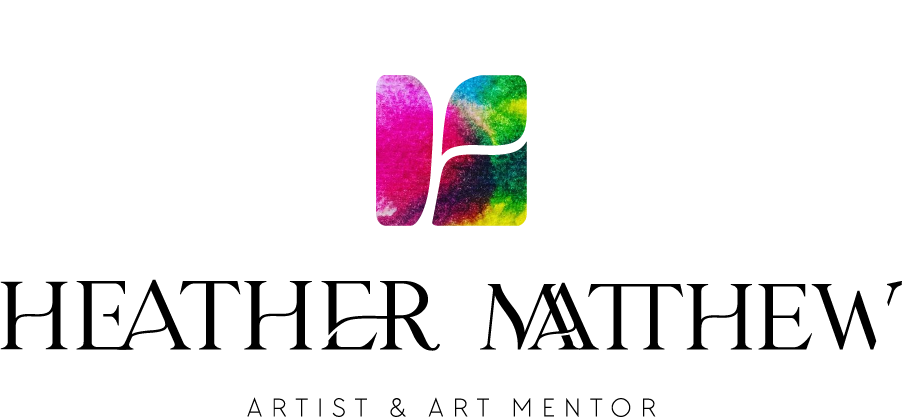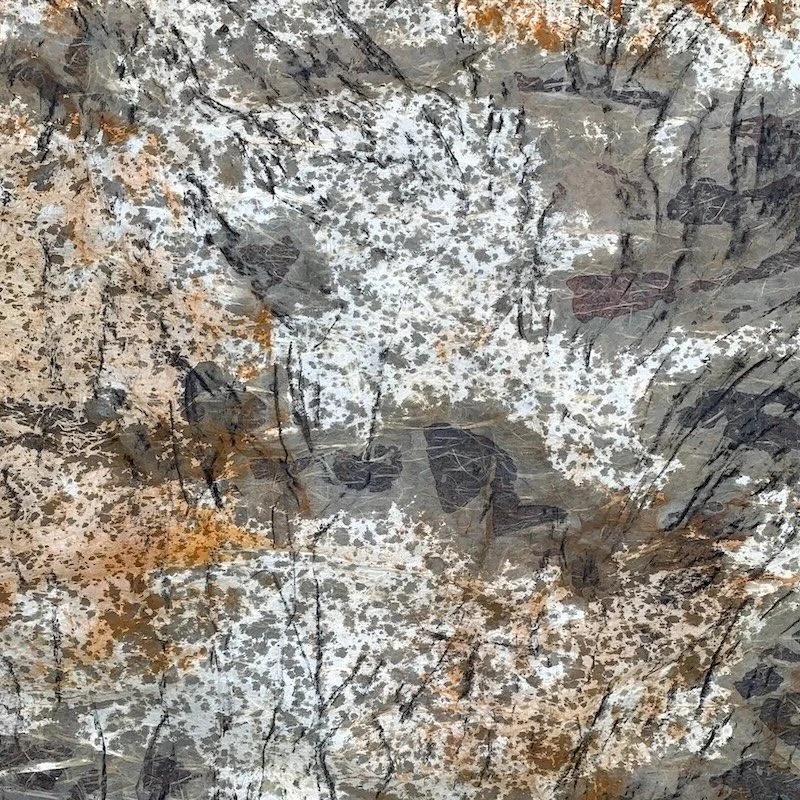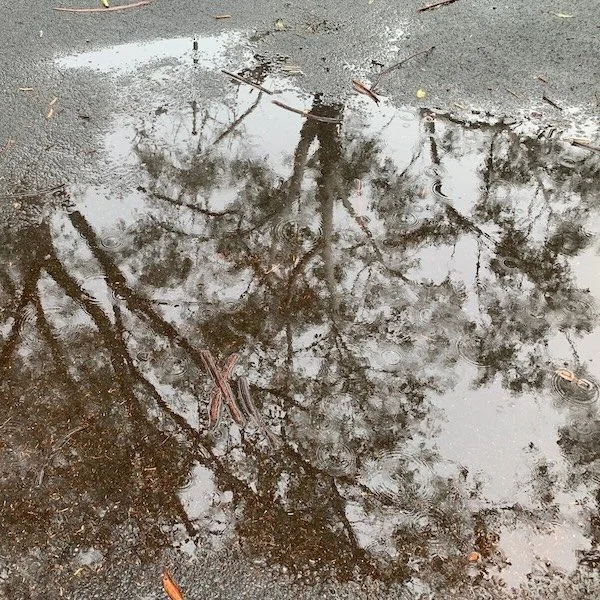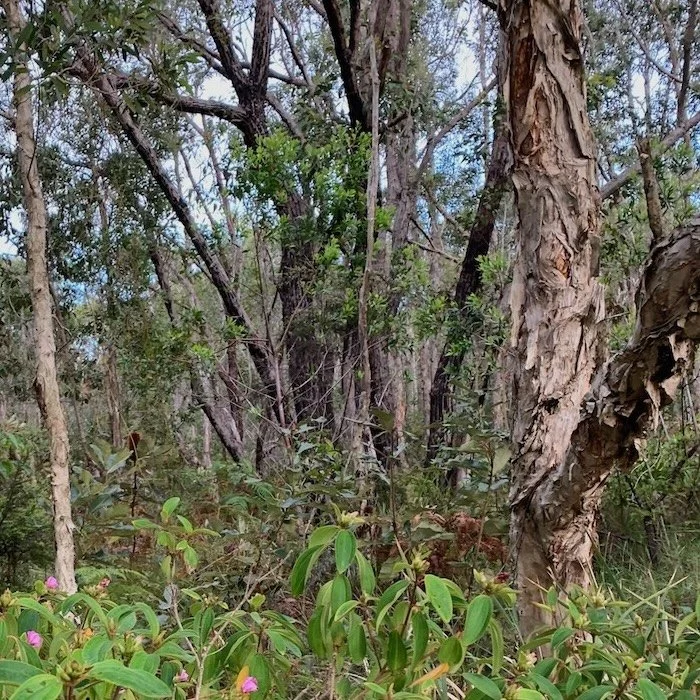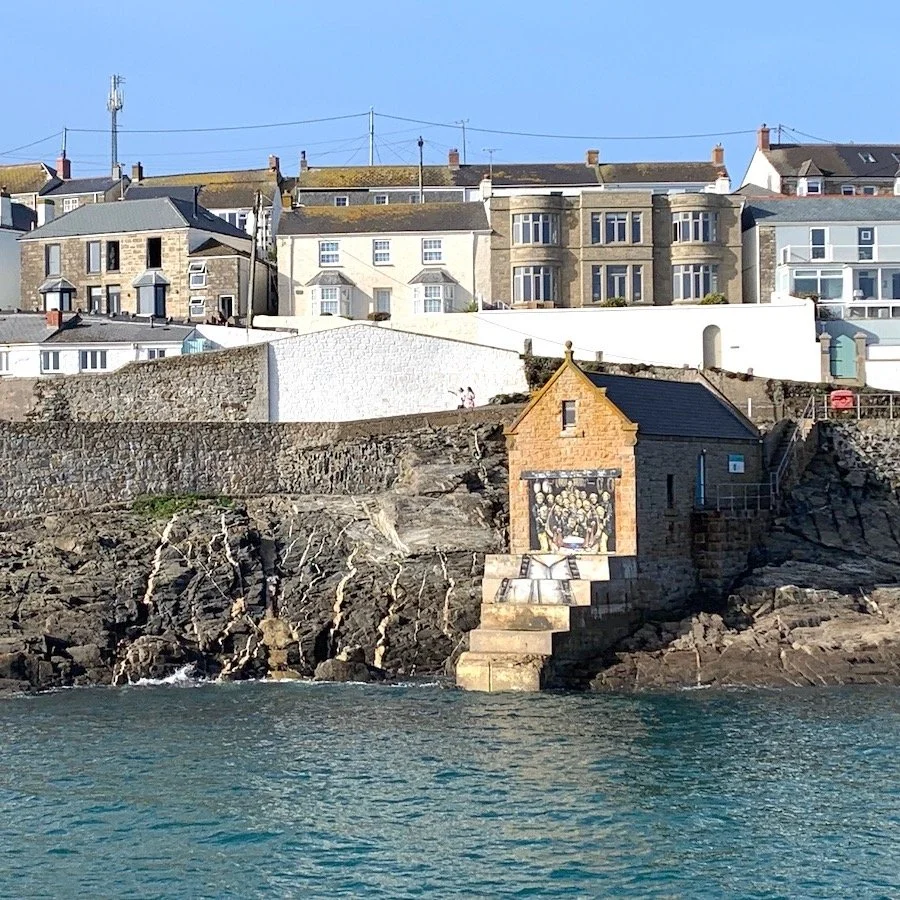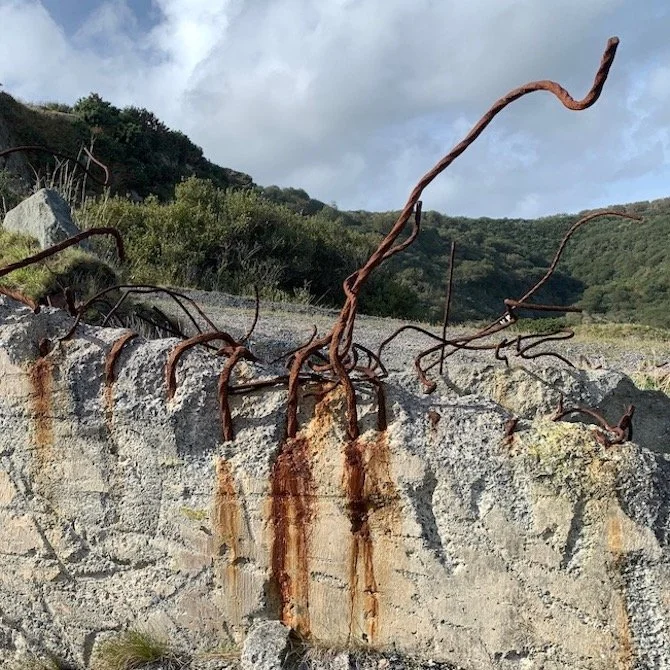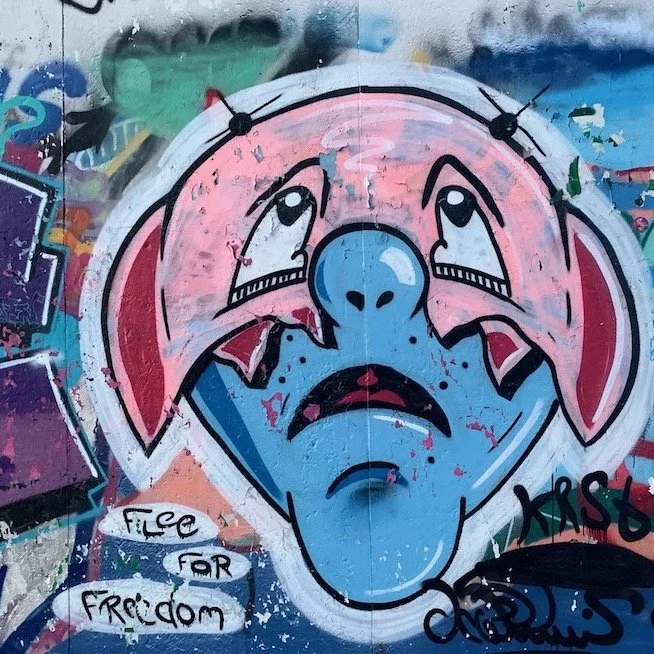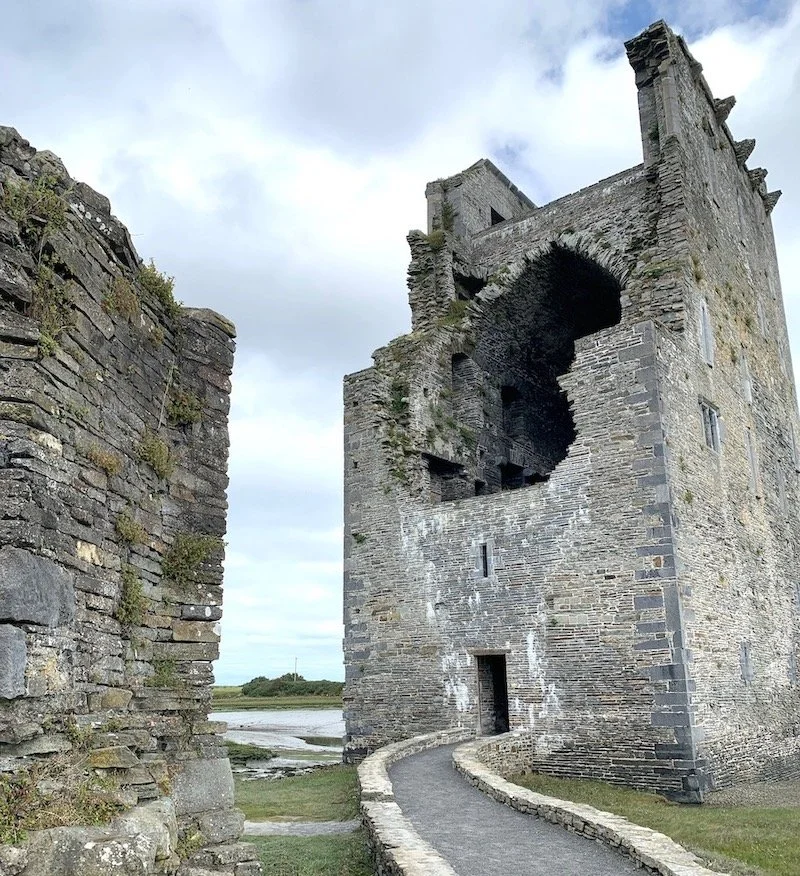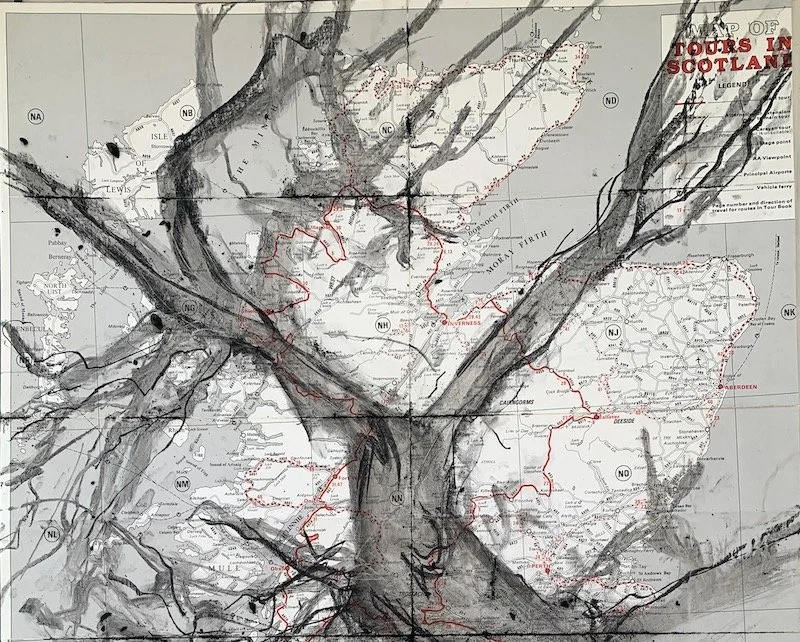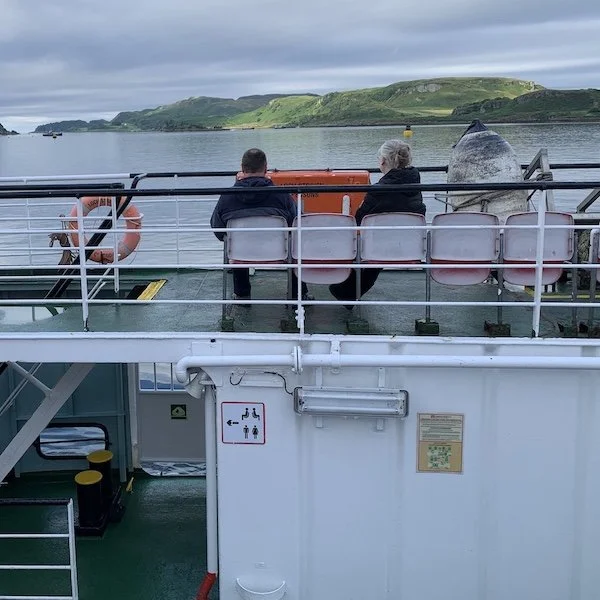Can art become art activism? Is the pen or brush or song mightier than the implements of destruction? How can we build activism into our art? Sometimes it is the subjects we focus on that show their value through a currency of care.
Achieving Success
My new drawing experiments I’ve been doing in the wetlands around my house have been totally liberating. I don’t try to draw what I see, I let what I see draw itself. It’s a collaborative process that embraces imperfection. In my books that’s achieving success.
Lines and Shadows
Collaborating with the elements is a great way to make art. Watermarks and shadows, mud and sand all leave patterns that are unique and of the moment. Letting go of control of your images means that the other than human elements can take part in your image making. It all becomes easy and effortless!
Drawing Process
What is your art process? Maybe process becomes the art. It’s what I have been experimenting with as I explore ways to capture the beauty of the Pottsville environment. Making marks with and in the environment is a new direction to explore for my final Masters Arts and Place project.
Mapping Boorum Wetland
Rain puddles, upside down trees and floating bits of bark. These have started a mapping process for me of the Boorum Wetland, adjacent to where I live. Making maps is an exciting direction for my next art project. It’s time to reclaim the beauty of swamps and wetlands.
Connecting to Nature
After seven months away from home, I realise that I have taken where I live somewhat for granted. Yet is is one of the few remaining habitats for the endangered Buruwagan (bush curlew) whose distinctive night call is becoming my own call to action.
Cornish Reflections
The annual raft race at Porthleven harbour was a great finish to my time in Cornwall where I could reflect on my last artist residency in the UK. Now my challenge will be to return to Australia to bring this experience into my final project to complete the Masters Arts & Place program.
Value your skill set
What are you own particular set of skills? It’s easy to undervalue what comes easily to you. Yet these same set of skills could be exactly what you need to develop and extend your own art practice.
Hard Rock Lament
Creatures of myth and imagination can call to you from the strangest of places. I am attracted to taking pictures of the strangest things, like rusted wire, abandoned buildings and patterns in the asphalt. They inspire me to tell their stories.
Be Aware!
I have been lucky so far in my art career to not get badly burned but there are occasions when I have felt decidedly uneasy. Due diligence is needed as an artist, especially if you are travelling, spending money for exhibitions or when posting on the internet. Things can go wrong even with the best plans, so be aware!
Bringing Paper Alive
Can artists save the world? Papermakers are giving it a try! Presenting at the International Association of Hand Papermakers and Paper Artists (IAPMA) congress in Dresden were papermakers from around the world, sharing ideas, goodwill and challenging us to find creative ways to be sustainable.
Holes in History
What does a landscape reveal? In Ireland the west coast is full of the relics of stone towers and castles where lives were lived and battles fought. What we learn when we travel is not always aligned with the histories taught at school.
Objects, Place & Time
What objects do you keep and what stories do they tell? Museums are great storehouses of stories told through the collection of objects. Souvenirs of place and time, preserved through fate or passed down through generations.
Caledonian Return
The Caledonian Pine or Scots Pine tree seems to symbolise all that is tough and hardy about Scotland. Through it I feel the tug and pull of my DNA, my ancestors voices in the wind, calling. I wrote a poem which became a drawing and then a video. I love the way the artistic process unfolds as you work.
Weathering the Weather
Much of art research is collecting information or data, then conceptualising how this can be creatively expressed. Collecting data about the weather has become a rich source of inspiration in the Western Highlands for over a hundred years. I’m carrying it forward…
Climbing, not Bagging
Why do people climb mountains? Is it because “they’re there?” In Scotland there is a tradition of ‘bagging a Munro’, climbing one of the mountains over 3,000 feet. My idea of climbing and bagging is a bit different….
Ferry Me Away
Bodies of water and their crossing will always fill me with the siren call of adventure. The anticipation of exploration and (self) discovery are strong allures so I headed out to the small island of Lismore on my own kind of pilgrimage.
Scaffolding the Soul
When creativity is flowing you feel alive and vital. But there are fallow periods in any artist’s life, and that is when you need to nurture yourself and build a scaffolding to support you as you revitalise your artistic practice.
A Welsh Treasure
A treasure hunt for sound vibrational art led me to Cyfarthfa Castle Museum and Art Gallery in southern Wales to view the works of Megan (Margaret) Watts Hughes. Her extraordinary pictures were created by singing into paint on a glass plate, revealing what the artist believed was the invisible “voice of God”.
On the Road
Sometimes it takes radical trust to believe that things will work out OK. After last minute repairs to the van, we are back on the road travelling through the Cotswolds and encountering more of the Roman history of Britain.
